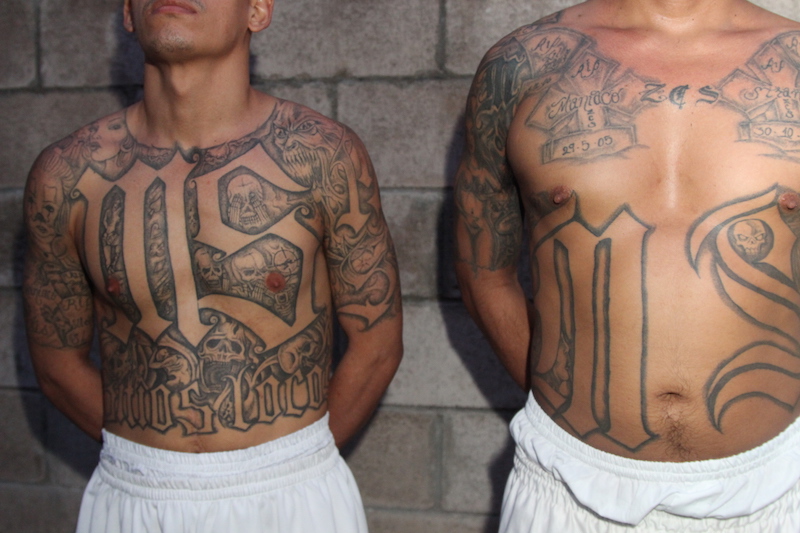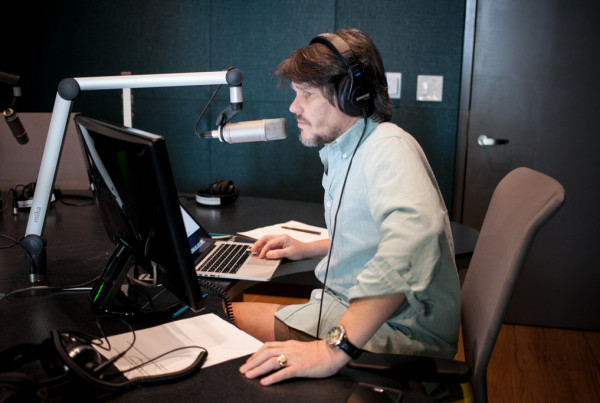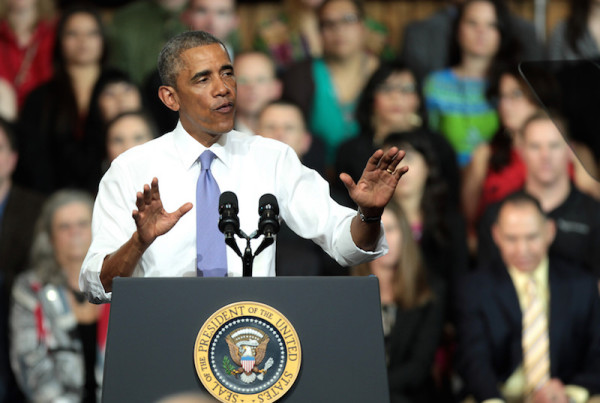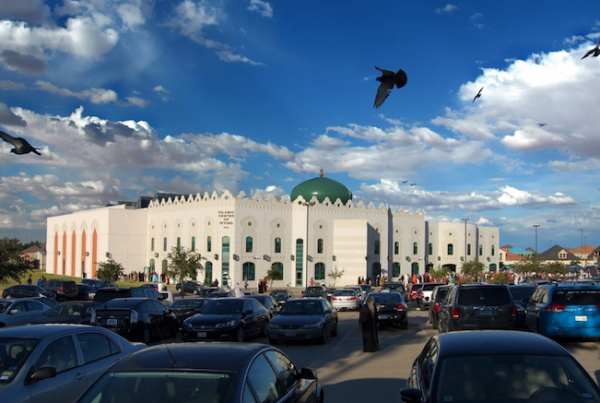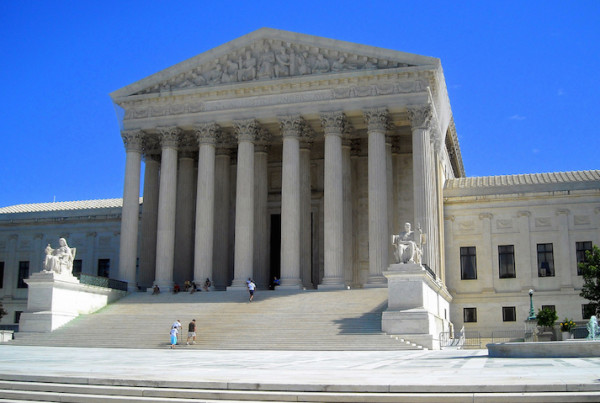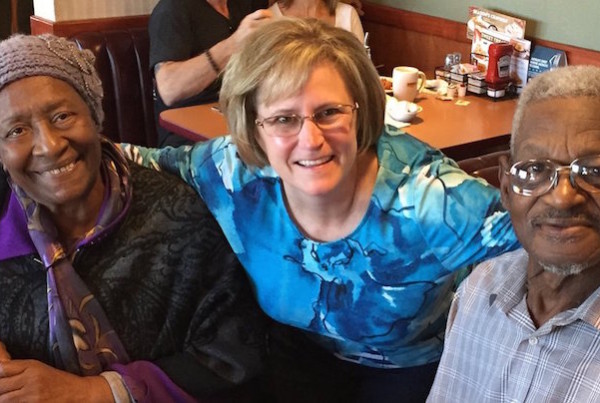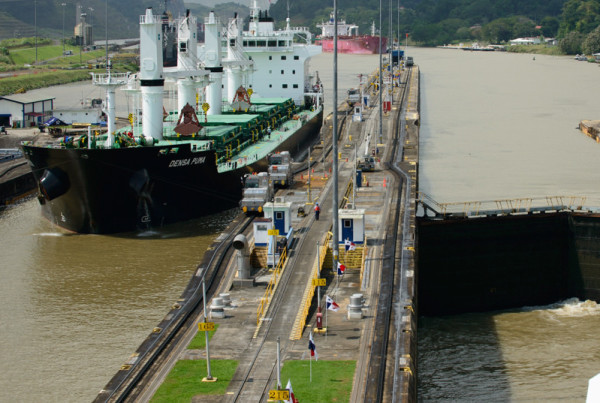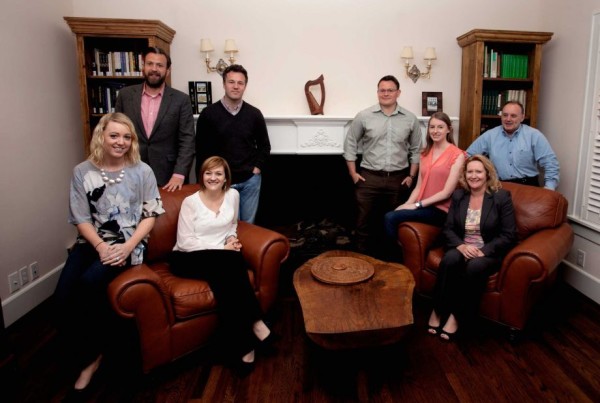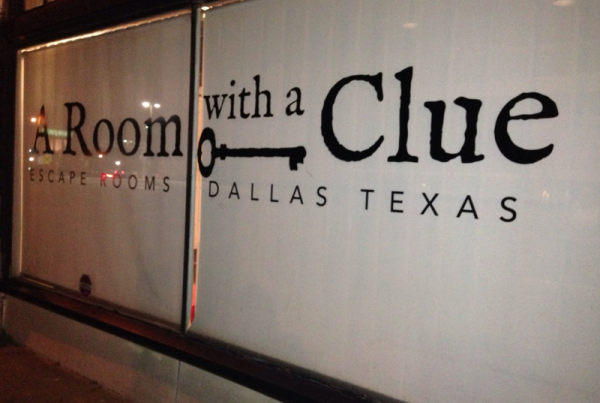This story originally appeared on Marfa Public Radio.
The line of the hopeful forms every weekday morning at the American Embassy in San Salvador.
The scene is both intense and poignant. A line of several dozen families snakes its way along a sidewalk across the street. Infants are wailing in their parents’ arms as clouds of black diesel spewed by passing trucks envelop the crowd. A few feet away, heavily-armed Salvadoran police patrol the embassy perimeter.
The would-be migrants are waiting for their turn to launch a formal application to enter the United States.
That scene unfolds against a backdrop of new statistics from the U.S. Department of Homeland Security (DHS) that some analysts believe may portend a new surge of Central American migrants.
In October, the number of unaccompanied minors from Central America almost doubled compared to the same month in October 2014. And in September of this year, there was an exponential increase of attempted crossings by unaccompanied children compared to September 2014. DHS says nearly 4,500 unaccompanied minors were stopped, an 85 percent increase.
In the summer of 2014, over 100,000 Central American children and families were caught trying to enter the U.S. illegally. Those numbers fell after the U.S. asked Mexico to strengthen interdiction on its southern border. But now there are concerns because the numbers appear to have risen recently.
Whether the rise is temporary or otherwise is a subject for discussion among law enforcement agents, human rights activists and immigration experts.
“There’s fear in the streets wherever we go,” said 31-year-old Antonio Turcios in Spanish. He is a painter, a married father of a five-year-old boy. He wants to arrive in the U.S., but legally. So he was at the embassy for an initial interview.
Thousands of other Salvadorans don’t bother. Neither do others from Central America’s so-called Northern Triangle of El Salvador, Guatemala and Honduras. They just go.
“At the very least to escape the reality that we have here,” Turcios said.
The reality Turcios describes is tenuous at best.
For context, the Fronteras Desk spoke with Alberto Arene, former CEPA chief, the Spanish acronym for the Salvadoran agency that runs the country’s airports and ports.
“Now these countries are trapped in a vicious circle of murder and economic and social stagnation,” he said. Arene said gang warfare unfolding in El Salvador is playing out across the region.
Last year a two-year truce fell apart between two enormously powerful regional gangs, Calle 18 and Mara Salvatrucha, also known as MS-13.
The word “gang” belies the highly-structured, vertically-integrated nature of these groups, known for their penchant for tattoos and brutality.
Both Calle 18 and Mara Salvatrucha, established in Los Angeles, emerged in the 1980s when Salvadorans fleeing a particularly barbaric civil war fought off attacks by Mexican immigrants in California.
I spoke with a man named Roberto, an unapologetic member of Calle 18, in a prison near the port city of La Libertad. He would not give his last name.
“When one of your gang brothers is murdered, or maybe a rival, things happen,” he said in Spanish. That was in response to a fundamental question: “why can’t yourselves and your rivals at least contain the bloodshed?”
“We are two gangs so large that (we) control where the government does not,” he said. He also claimed that his gang looks out for the interest and security of ordinary Salvadoran citizens. He’s in a prison awaiting trial for weapons offenses. Inside, members of one gang are separated from the other.
“People fear us,” he said while standing in a small cinderblock basketball court at the bottom of a man-made ravine inside the prison.
“In reality we’re not out to hurt people,” he said. “We just fight amongst ourselves.”
The truth is starkly different. Salvadoran and international media and police officers here report that both gangs kill bus drivers whose bosses won’t pay extortion, kill passengers on those busses, and that they murder police, each other and innocents who make the mistake of crossing into their territory.
In the first 10 months of this year, El Salvador reported nearly 5,500 homicides. Elizabeth Kennedy, a Fulbright Scholar and social scientist at San Diego State University has calculated that the number is higher than any other nation not at war. She described a situation in Central America that is dire.
Much of the violence is attributed to the gangs, or maras in Spanish.
“It’s part of the symptoms of what was going on in the country. If the people had work and if the people had futures, why, why do they have to go to maras?” Don Pepé Simán, a scion of one Salvador’s most prominent business families, asked rhetorically.
He said the 12-year civil war that ended with peace accords in 1992 never really ended because it did not address the inequality and poverty that spawns crime.
“They signed the peace accords but they didn’t follow the peace accords,” he explained. “The signing of the peace accord was political and military. It wasn’t economic. So the people learned to use guns.”
And some of that learning took place in the U.S. In 2013, DHS said close to half the Salvadorans deported from the U.S. back to El Salvador had a criminal record. Some have joined local chapters in El Salvador of whichever gang they belonged to in California, Arizona and Texas.
Salvadoran Congressman Jose Santos Melara Janes is a security specialist in the FMLN, the former guerrilla force whose leader is today El Salvador’s president. Melara wants the U.S. help fund a full scale attack on organized crime here.
“Gangs and drug trafficking are all over Central America,” Melara said in Spanish at the FMLN’s parliamentary headquarters. “Now the gangs here are heavily armed with weapons of war.”
And partly as a result, a new surge. So far in fiscal year 2015, 140,000 Central Americans have been detained trying to enter the U.S. The UN’s High Commissioner for Refugees is now warning of a “looming humanitarian crisis in the Americas.”
This story comes to us from the Fronteras Desk, a collaboration of NPR stations in the Southwest reporting along the U.S.- Mexico border.


